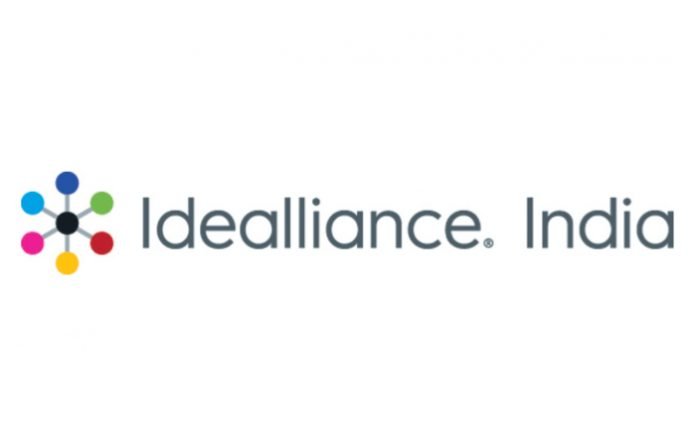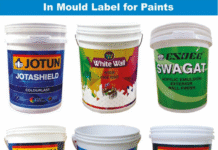We have been ethical consultants to the print and packaging industry for over 36 years. And having printed the Munsell Fost charts at Thompson Press in 1979, we continue to talk about color management as part of our best practice and standardization advocacy and consulting practice. At first this entailed the exposure of an original film color control strip for each of the four process inks – for visually evaluating the offset plate resolution and the printed solid densities and 40 as well as 80% tint boxes measured with a hand-held densitometer. Solid overlaps of the four inks could be evaluated for trapping – the ability of an ink to split and be accepted by the previously printed ink.
The strips also contained a three color grey next to a 40% black box that would help a printer to see how neutral the print was, or how much grey balance could be achieved given the combination of substrate, inks and color separation in a given sheet. In the 1980s, Dr. Felix Brunner also advocated the use of a coarse screen in the grey balance box as the best way for visually controlling and standardizing a print run without even having to continuously measure boxes across the sheet with a densitometer.
Hand-held spectrophotometers that measure spectral values using the CieLAB standard color space at their core, became available as printers’ tools in the 1990s as did color management software. In this century, both have become more effective and cheaper as have the results of inkjet proofers that can emulate various print processes. We now have automated press console spectrophotometers that can easily scan the color strip on the edge of the printed sheet and in more sophisticated systems, not only the control strip but printed solids and half tones anywhere on the sheet and in turn match these with desired or stored and approved values.
With the advent of CtP devices digital color control strips are imaged directly and precisely on offset plates as long as the CtP’s plate and chemistry (if any) are linearized. In addition, for almost ten years now, we now have the ISO 12647 sets of process standards for the print process for offset, flexo, gravure, digital and proofing. Increasingly, brand owners are looking for printers and converters who follow these best practices and standards and who are able to achieve the related certifications or qualifications for their technical personnel and plants from Fogra, Ugra and Idealliance.
G7 training, consulting and qualification cost
This brings us to what is the cost of following best practices and color standards in the pressroom today? This can vary from plant to plant and process to process. Nevertheless, it is necessary to try and make this exercise easier and more transparent. For an offset plant that already has a modern multicolor press in good condition and a computer to plate output device, the additional expense on hardware and software would include the cost of a viewing booth with standard color temperature (in addition to the one on top of the press console) which might cost anywhere from Rs. 300,000 to 400,000; a good inkjet proofer may cost another Rs. 400,000 to 500,000; a hand-held spectrophotometer would cost another Rs. 200,000 to 500,000 and a press-side sheet scanning spectrophotometer might cost another Rs. 1,500,000. Then there is the color management software that helps to easily evaluate your test prints and to calculate how far you are from your desired standard and then recommends the changes in prepress separations or plate exposures to reduce the differences to the target. This software may cost anywhere from Rs. 100,000 to 500,000. The cost of the hardware and software would come to Rs. 25 lakhs to Rs. 34 lakhs.
The cost of improving your process workflow, G7 best practices, training and certification of a couple of staff with the help of an Idealliance India consultant and then standardization and qualification of your plant with the help of a US-based consultant would come to approximately Rs. 850,000. This cost includes annual membership in Idealliance India, training and local consulting, the cost of G7 Qualification of your plant for two devices, US$ 500 plus US$ 80 for each additional device and the cost of shipping sheets to RIT in the US for evaluation and the fees for the US-based G7 expert for four days.
Thus one should budget Rs. 8,50,000 and a working time of 4 or 4.5 days including hands-on training, calibration, and setting up the workflow and finger printing and setting things right and final test printing. There will also be some costs associated with the plates, paper and inks and of course the cost of disruption and some press time. As our local consultants become G7 experts and gain experience we can expect these costs to be moderate.
If you are interested, please join us for the G7 in-plant demonstrations and basic training by Steve Smiley in Delhi and Mumbai that Idealliance India is organizing in Delhi on 6 and 7 December and in Mumbai on 11 and 12 December 2015. Contact Harmandeep Kaur at harmandeep@ippstar.org.











